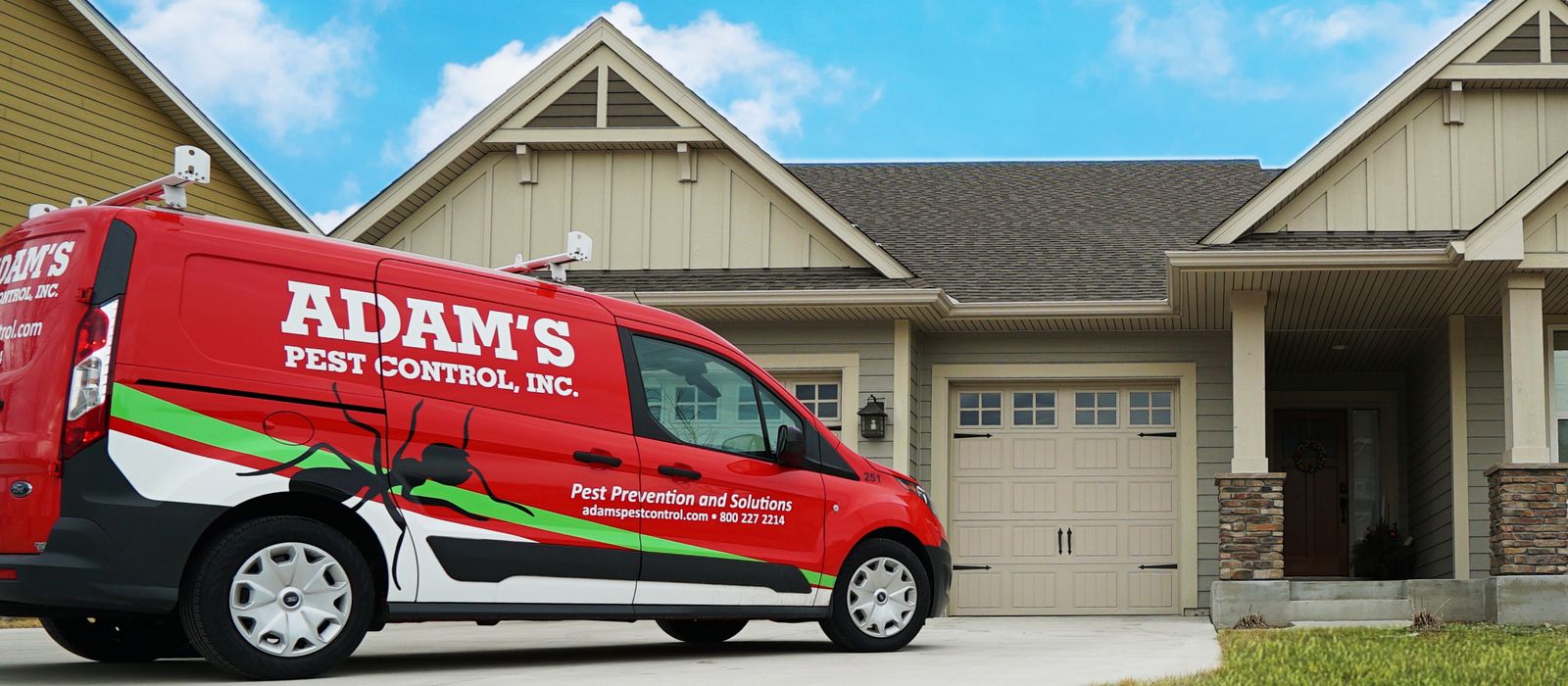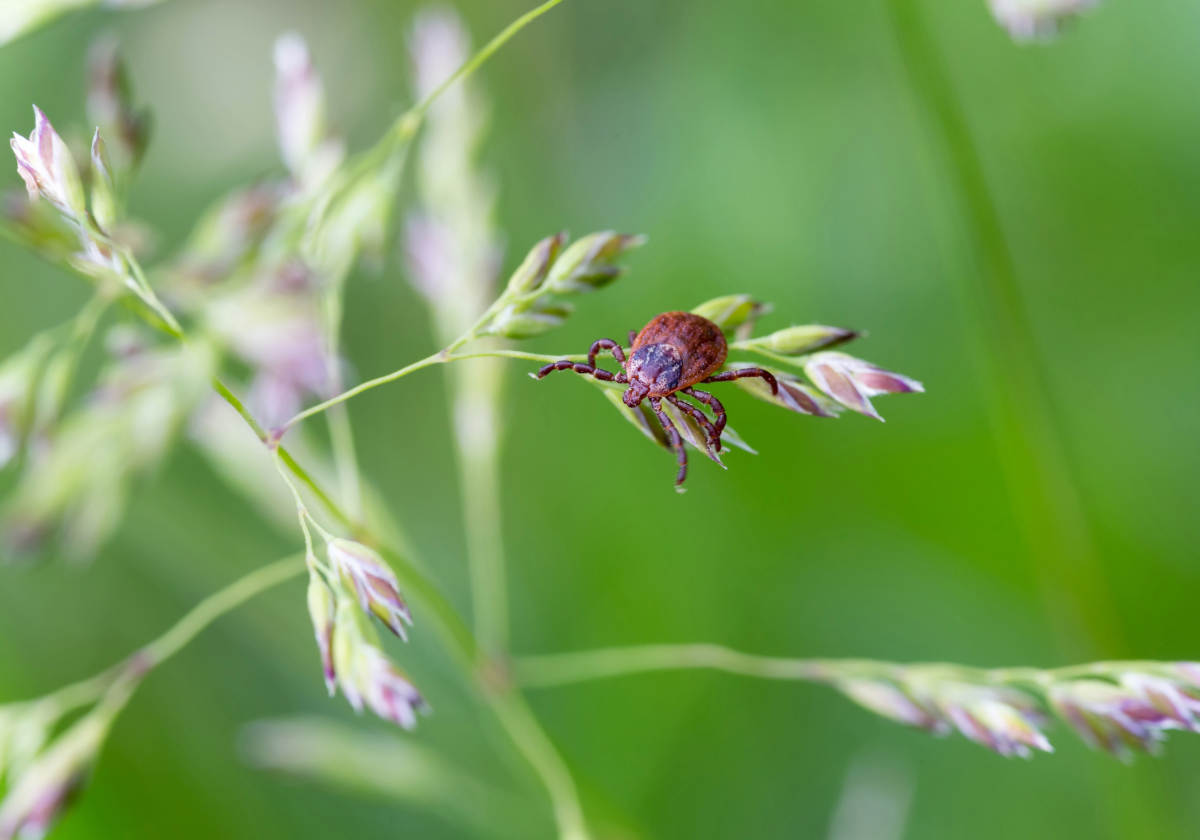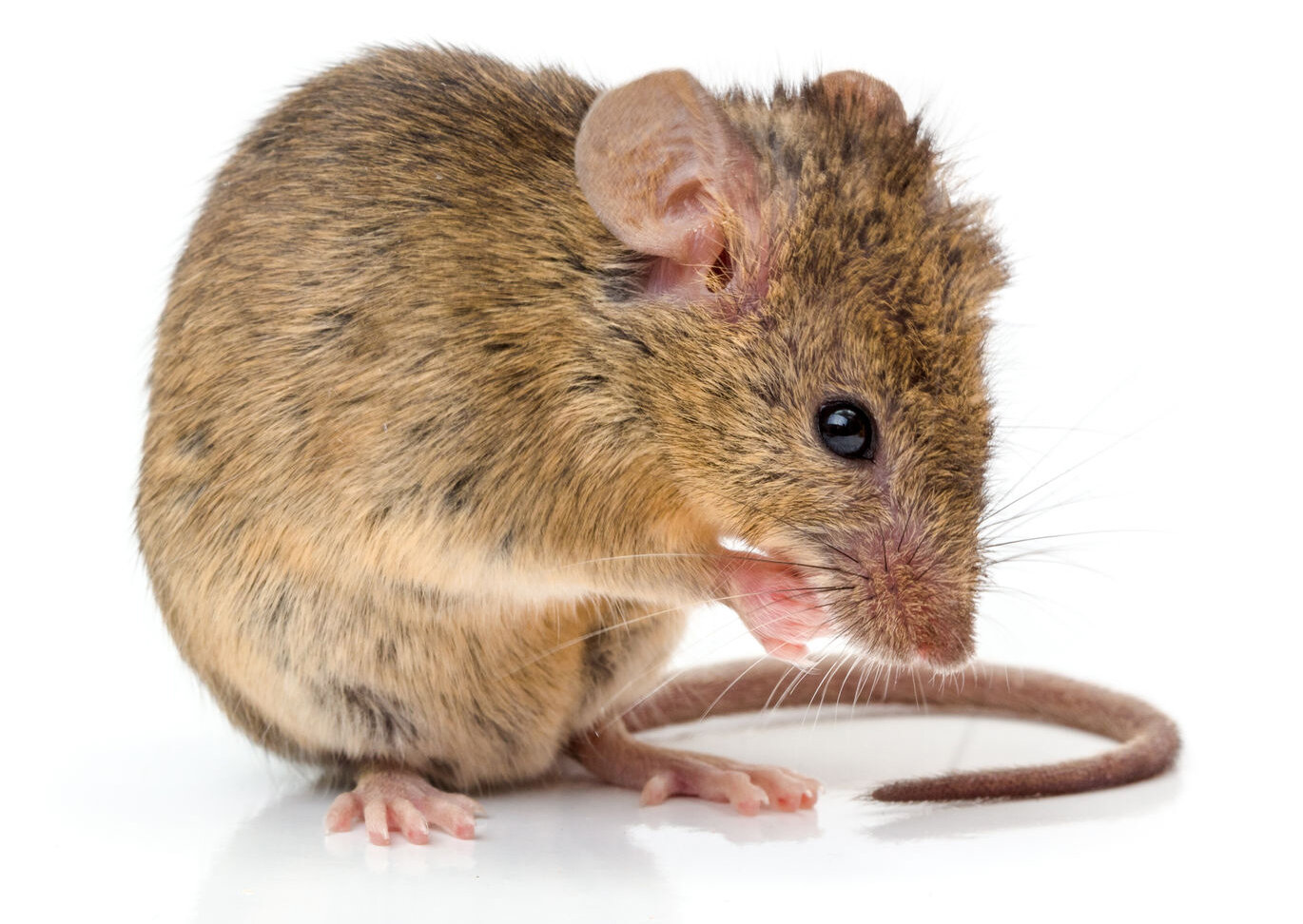What is a powder post beetle? Well, let’s take a look at the
name and see if it gives us some clues as to what this insect is.
First, we can clearly see that this creature is a beetle. The name
says so. That part is easy but what about the rest of the name?
Powder post. Does this imply that these beetles turn posts to
powder? If so, that is a little horrifying. Let’s take a look at
what defines the powder post beetle and see if we’re right.
Powder post beetles are known to have larvae that feed in very dry
wood or lumber and reduce the interior to powder.
Well, there you have it. This beetle does turn posts into powder,
but only when it is in its larval stage. But, that is still not
something you probably want in your home.
More helpful facts about powder post beetles:
The powder post beetle, sometimes referred to as a powder-post
borer, is usually from ⅛ to ¾ of an inch long. These beetles are
brown, and their presence in a home can cause quite a bit of
damage. An adult powder post beetle will lay its eggs on or below
the surface of bare, unfinished wood. When the larvae hatch, they
bore into the wood and only emerge as adults 1 to 5 years later,
usually between April and July. Because of this, it is not unheard
of for a new house to be built which, unbeknownst to the builder,
is infested with powder post beetle eggs. This can result in damage
being done that is not discovered until years later. Imported
tropical hardwoods are especially prone to these beetles because of
poor storage and drying practices prior to being shipped to the
U.S.
A sure sign of powder post beetles is numerous small holes, about
1/16 to ⅛ of an inch in diameter, and fine powder-like sawdust in
flooring, paneling, furniture, and other wooden materials. In order
to discourage powder post beetles, there are some things that can
be done:
-
Rough-cut lumber should always be dried in a kiln to kill all stages of this beetle.
-
Sand and varnish wooden items. Beetles cannot penetrate this wood because the adults cannot find crevices in the wood surface in which to deposit their eggs.
-
Do not store wooden items of value in out buildings such as barns or sheds as these structures can be infested with wood-boring beetles.
-
If you have furniture that is infested, the furniture can be fumigated in a fumigation chamber. Please note that only pest control operators that are licensed to do fumigations can purchase the materials needed to fumigate for these beetles.
If you have seen the evidence of these beetles, or you want to be sure they are not attacking your home, contact a professional for a thorough inspection.




